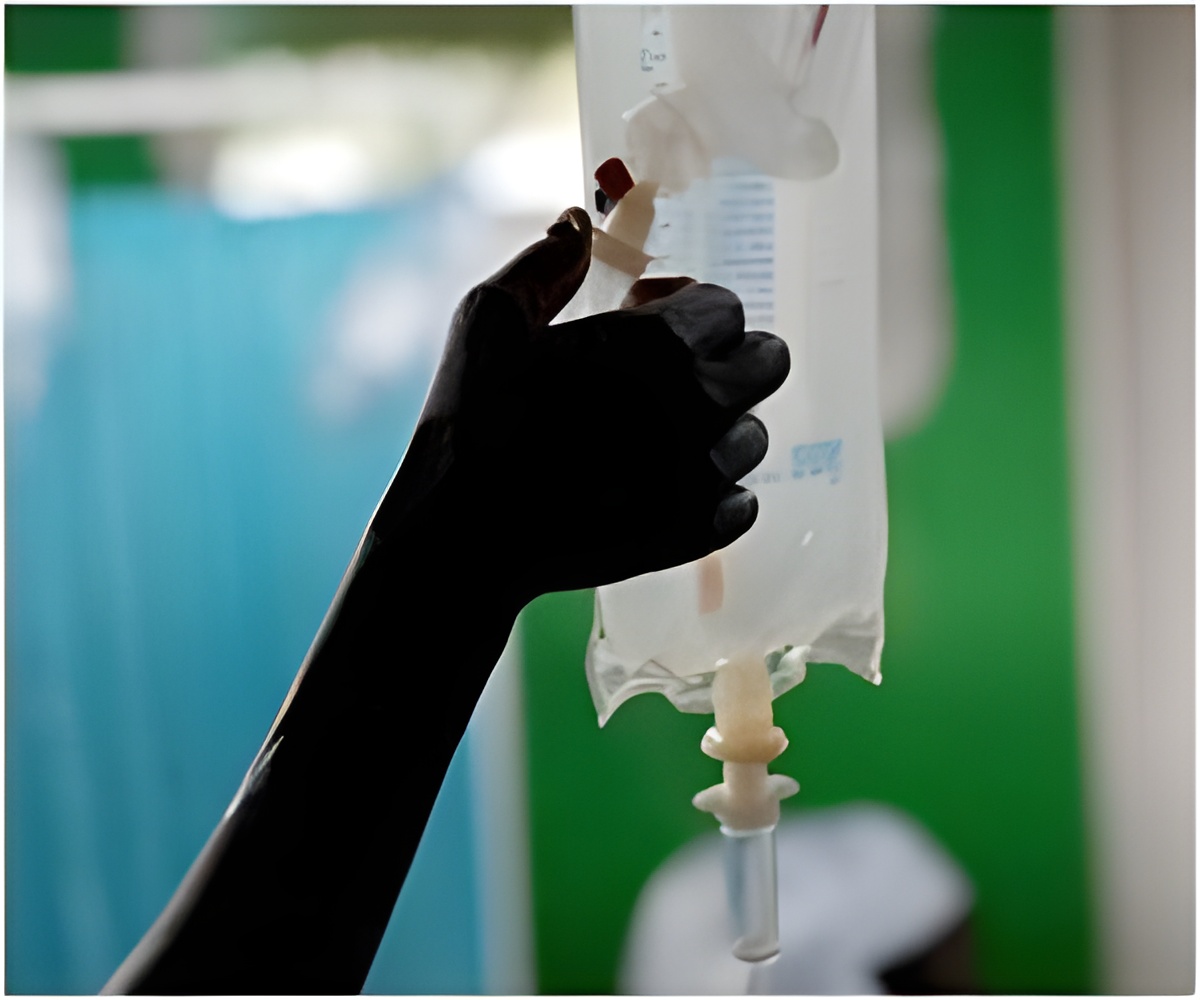A new study revealed that the H7N9 bird flu virus has the ability to replicate deep in the lungs from where it can trigger a dangerous response from the immune system.

And while lab tests show that leading anti-flu drugs are effective, there are concerns the virus may acquire gene mutations to blunt these weapons, it added.
The study, published in Nature by the Chinese Centre for Disease Control and Prevention (CDC) in Beijing, delved into the genetic ID of the virus which emerged in China in February.
The virus has been characterised by severe symptoms of pneumonia and respiratory distress, with a high fatality rate, especially among the elderly.
There have been 131 confirmed cases of H7N9 in China, with at least 40 fatalities, according to Chinese figures. An additional case of illness occurred in Taiwan, involving a man who had been working in China.
H7N9 has a shape of receptor, or docking point, that enables it to latch onto cells in the lining of the lower respiratory tract and replicate there, the investigators said.
Advertisement
H7N9 worsens the illness by triggering an uncontrolled reaction from the immune system, the study suggested. This "cytokine storm" can cause inflammation, tissue damage and fluid build-up in the lungs.
Advertisement
The 90 samples showed no response from antibodies -- the frontline guardians of the immune system which are trained to recognise an intruder.
Another battery of tests found that H7N9 remains vulnerable to Tamiflu and Relenza, the two main drugs to combat serious flu infection, the study said.
But it also pointed to two patients whose virus had signs of mutational resistance to these treatments.
The paper said "the first epidemic has subsided" but a potent threat remains.
"Together with the challenges in the available treatments for H7N9 infection caused by its clinical severity and emerging antiviral resistance, further unpredictable evolution and adaptation of the H7N9 virus and the lack of pre-existing immunity leave the human population at high risk," it said.
"The threats of the H7N9 virus with pandemic potential should not be underestimated and intensive surveillance must be undertaken."
H7N9 kills more than a third of hospitalised patients, The Lancet reported last month.
The fatality rate is lower than for H5N1 bird flu which has killed about 60 percent of hospitalised patients, but higher than for H1N1 "swine flu", a new virus that unleashed a pandemic in 2009-10, for which there was a 21-percent death rate among people requiring hospitalisation.
According to the UN's World Health Organisation (WHO), the likely source of infection for H7N9 is exposure to fowl, such as in live poultry markets.
"Evidence does not support sustained human-to-human transmission," the agency said on its website.
Source-AFP











